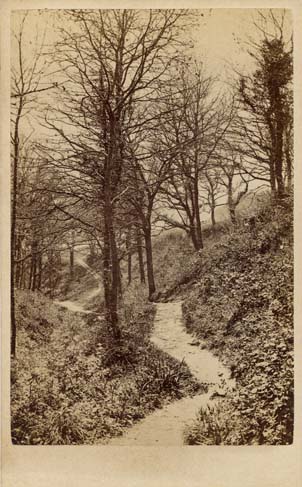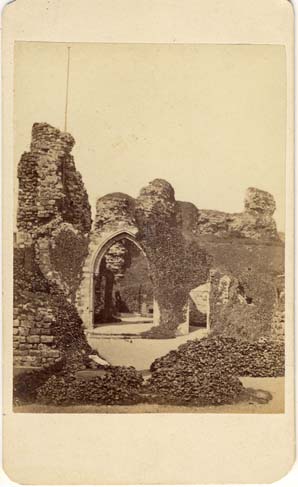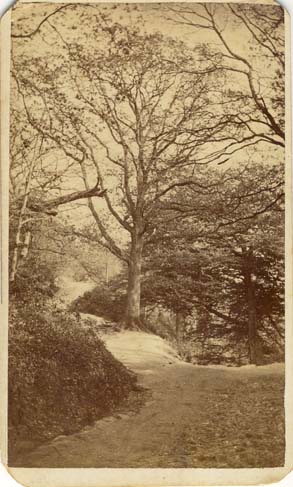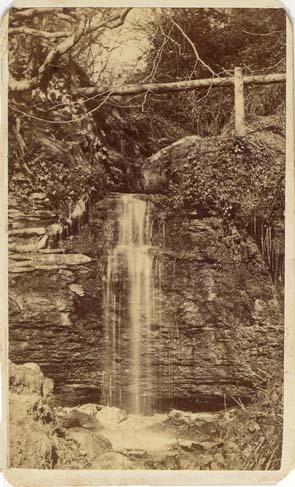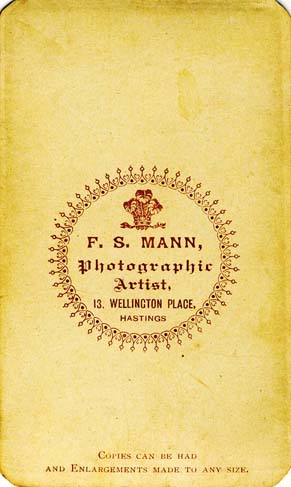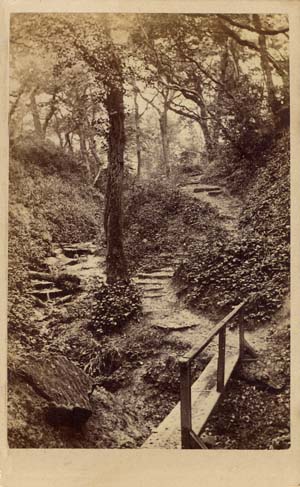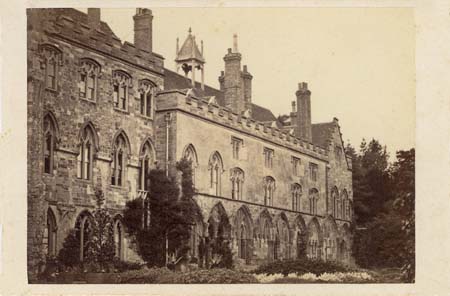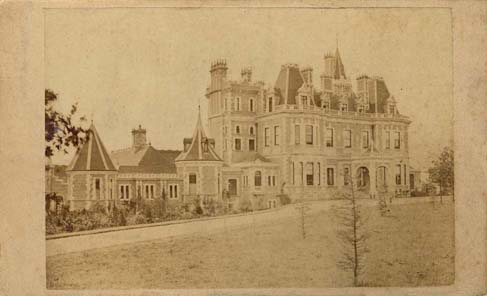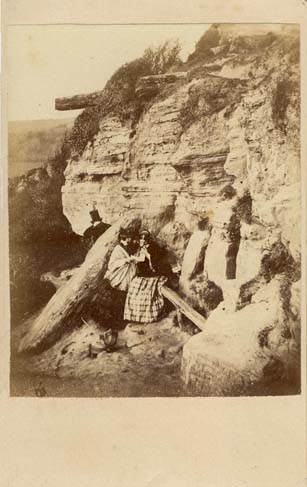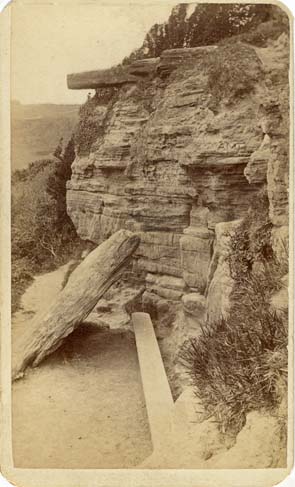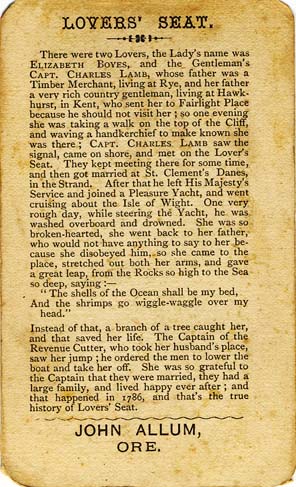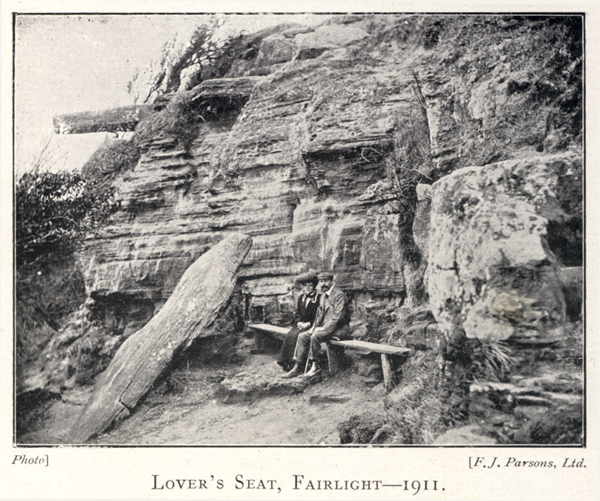|
The Hastings
photographer Frederick
Stephen Mann (c1822-1904) produced numerous views of "Lovers' Seat",
a stone ledge set in the cliffs overlooking the sea near Hastings.
|
|
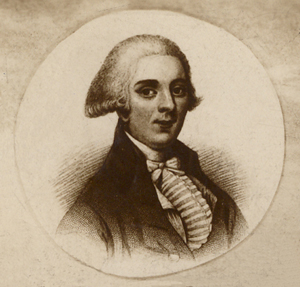 |
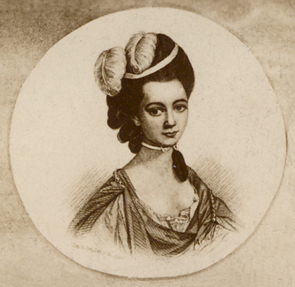 |
The story of "Lovers' Seat"
dates back to the 18th century. Charles Lamb, the son of a
timber merchant of Rye, fell in love with Elizabeth Boys
(born 1762), the only daughter of Samuel Boys of Hawkhurst,
a wealthy landowner and High Sheriff of Kent. Samuel Boys (d. 1795)
strongly disapproved of the match and, to keep his daughter away from Charles Lamb,
then a lieutenant in the Royal Navy, he sent his daughter to live at
Fairlight Place, near Hastings in Sussex.
In the meantime,
Lieutenant Lamb was placed in command of a revenue cutter called
The Stag, a vessel which patrolled the seas off the Sussex coast
as part of an anti-smuggling campaign. Whenever Captain Lamb's
vessel was in the area of Hastings, patrolling the Sussex
coast, the two lovers met in secret at a secluded place in the rock cliffs
near Fairlight. A stone bench on a natural ledge in the
rocks, the spot where the couple used to meet, became known as "Lovers'
Seat".
As Elizabeth's father refused to
grant them permission to marry, the lovers eloped to London. Elizabeth Boys married
Captain Charles Lamb at St Clements Church in the Strand, on 16th January 1786.
|
|
[ABOVE] Captain Charles Lamb pictured in 1786 |
[ABOVE] Miss Elizabeth Boyes (Boys) pictured in
1786 |
|
How the Story Ended
After their marriage, Captain Lamb
and his young wife settled at Higham, near Salehurst
in Sussex. Even though Elizabeth was his only child and sole heir,
Mr Samuel Boys refused to acknowledge his daughter's marriage
to the young naval officer. Mr Boys refused to see the couple and
threatened to disinherit his daughter. When Samuel Boys died
in 1795, his large estate passed to a nephew.
The union of Charles Lamb and
Elizabeth Boys produced one child, Elizabeth Dorothy Lamb
(born c1788, Higham, Sussex). After their daughter's marriage to
Rev. Thomas Ferris in 1809, Captain Lamb and his wife moved to
Southampton. In 1814, after 28 years of marriage, Captain Charles Lamb
drowned in a yachting accident in Southampton Water.
The Growth of a Legend
A tale of forbidden love, secret
assignations, and the death by drowning of a beloved partner was bound
to be significantly changed in the re-telling; the basic elements of
the love story being intensified by the injection of romance and
tragedy. Several versions of the "Lovers' Seat" story were circulated.
One account has Elizabeth Boys waiting for her lover at their secret
meeting place amongst the rocks and looking on in horror as she sees
the boat, which carries him towards her, capsize in heavy seas.
Realising that her sweetheart has drowned, Elizabeth throws herself
off from the cliff-top. The true story of the love match between
Elizabeth Boys and Charles Lamb had a much happier outcome. |

[ABOVE] The Lovers' Seat , a coloured print
based on an original lithograph by the artist George Rowe
(1796-1864). Produced some 40 years after the event, this popular
print ensured that the story of the love match between Captain Lamb
and Elizabeth Boys and their secret meetings at "Lovers' Seat" was
kept alive in the public imagination. |
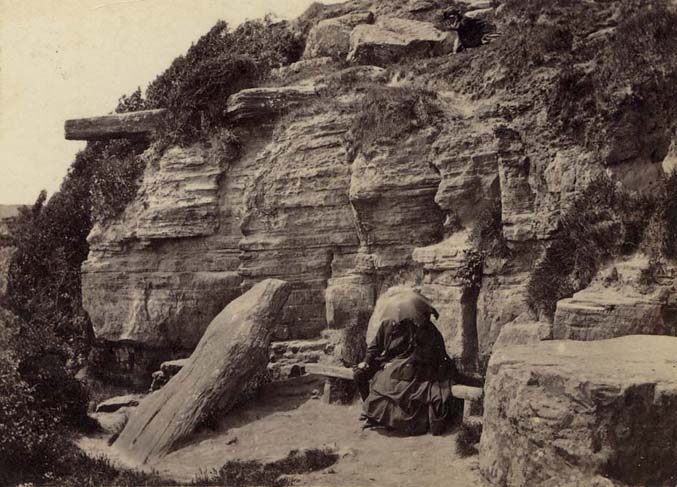 |
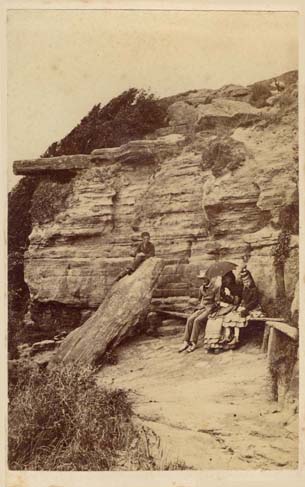 |
|
[ABOVE] Frederick Stephen Mann's photograph of "Lovers' Seat, near
Hastings", issued as a carte-de-visite in the mid-1860s.
"Lovers' Seat" was a popular spot for tourists and holidaymakers over a
period of 90 years, but, sadly, this landmark was destroyed when
rocks on the cliff collapsed in 1979. |
[ABOVE] A photograph of "Lovers' Seat, near
Hastings", issued as a carte-de-visite in the 1870s by Frederick S. Mann
of 13 Wellington Place, Hastings. |
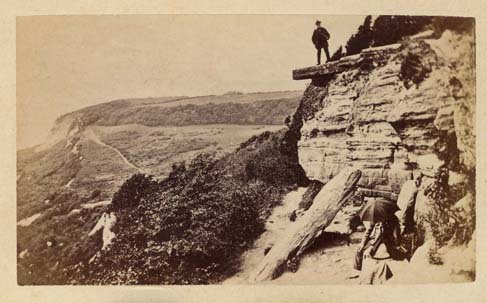 |
 |
|
[ABOVE] A carte-de-visite photograph by F. S. Mann
of 13 Wellington Place, Hastings showing "Lovers' Seat, near
Hastings" together with a scenic view of the cliffs and
hills that overlooked Hastings (c1872). Lovers' Seat was
situated in Fairlight, an area of natural beauty about three
miles (5km) east of the seaside town of Hastings. Frederick Stephen Mann,
took many photographs of Fairlight and the neighbouring area
of Ecclesbourne. |
[ABOVE] A photograph of "Lovers' Seat, near
Hastings", issued as a carte-de-visite in the 1870s by
F. S. Mann of 13 Wellington Place, Hastings. The
Hastings photographer Frederick Stephen Mann
used this photograph as the basis for a series of
cartes-de-visite and stereographic cards, changing the dimensions
from horizontal to vertical and removing extraneous features (such
as the elderly man on the stone ledge) where necessary. |
|
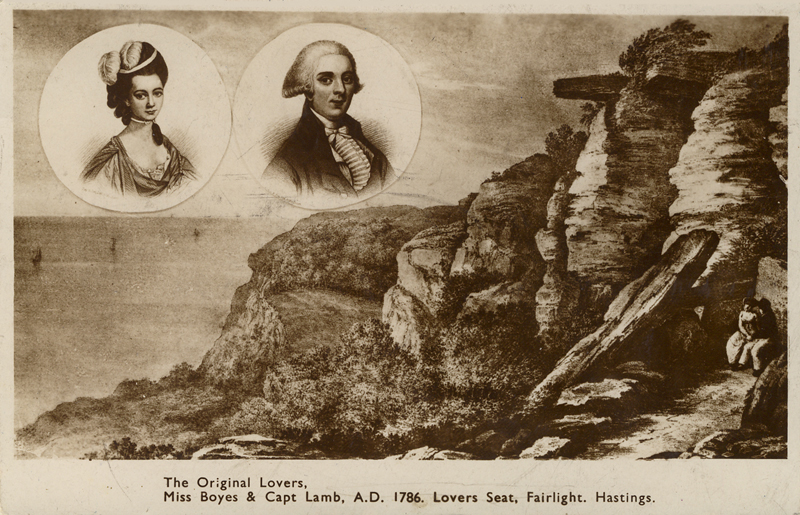 |
|
[ABOVE] A postcard dating from 1939 (published by Shoesmith & Etheridge
of Hastings) which reproduces an 18th century engraving showing
the two lovers and the seat set in the rock-cliffs at Fairlight, near
Hastings which came to be known as "Lovers' Seat". In the
original picture caption, the surname of Miss Elizabeth
Boys has been given the alternative spelling of "Boyes".
Miss Boys' lover "Captain" Charles Lamb was probably
only a humble lieutenant when he first met Elizabeth at a
County Ball. |
|
|
|
|


